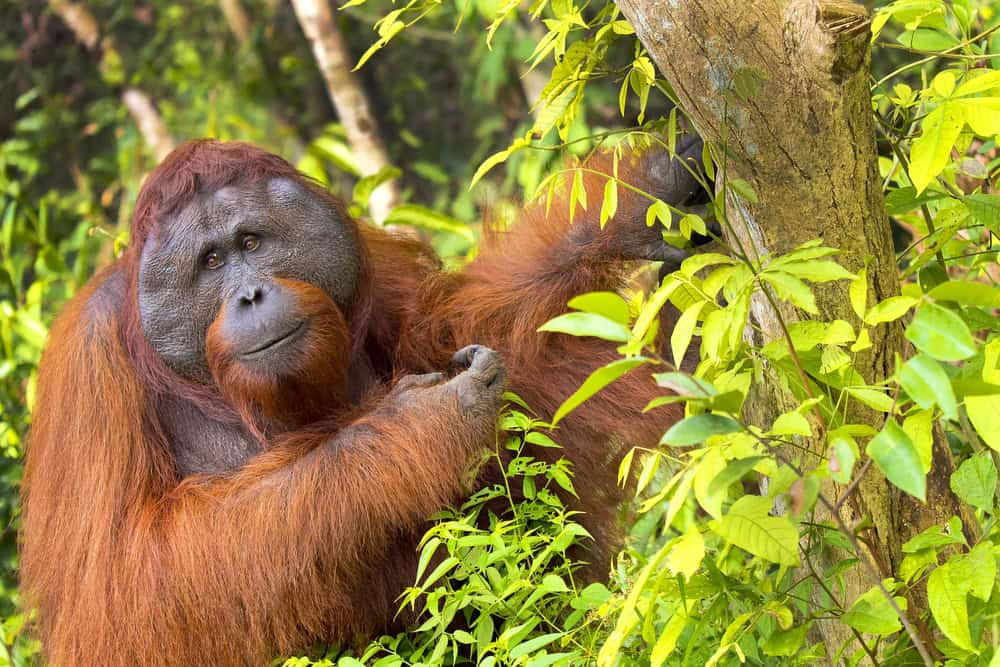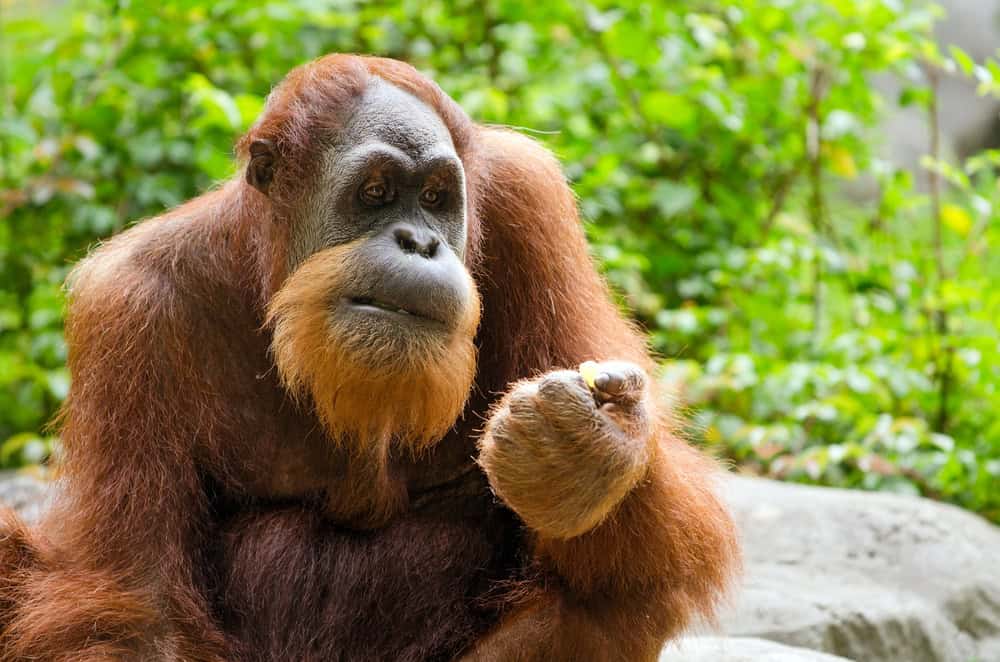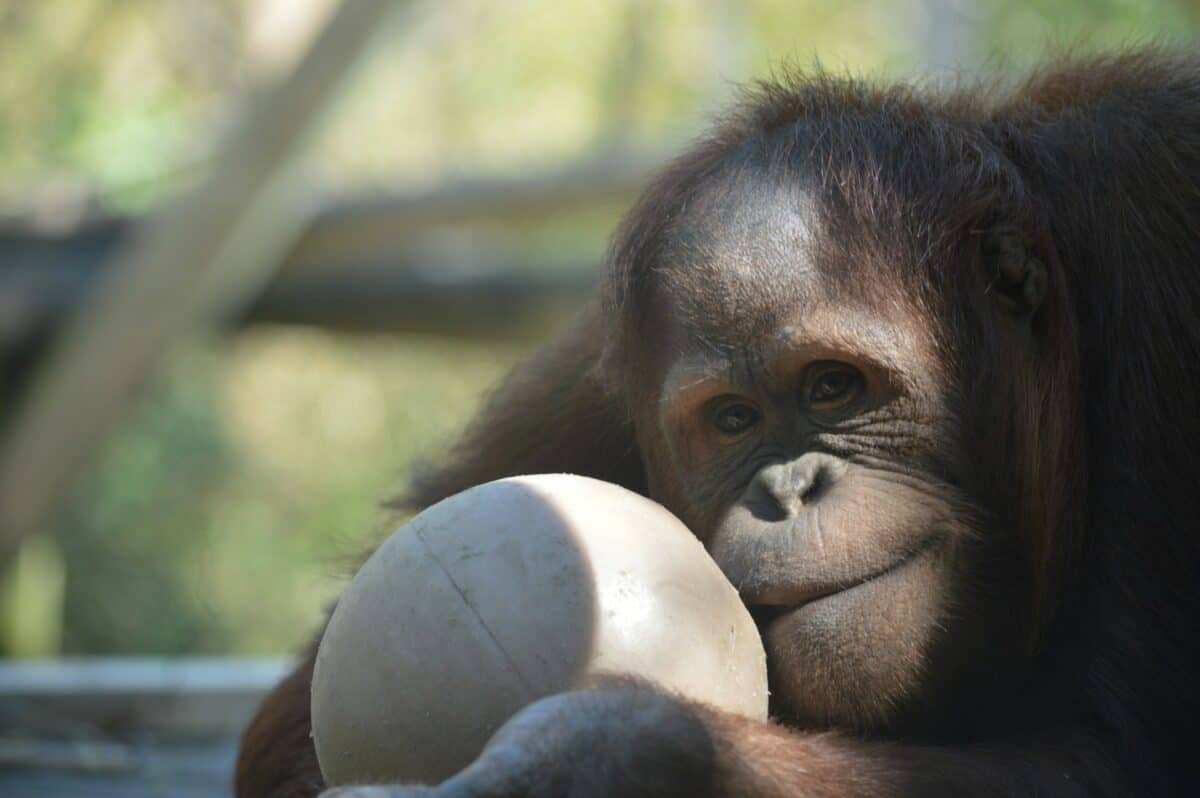Orangutans are among the most intelligent and fascinating creatures on our planet. These great apes share approximately 97% of their DNA with humans, offering intriguing insights into our evolutionary past. With their gentle behaviour and arboreal lifestyle, orangutans captivate researchers and wildlife enthusiasts alike. Unfortunately, these primates face numerous threats, making their conservation crucial. Borneo, one of the orangutans’ last strongholds, presents a unique opportunity to observe these magnificent animals in their natural habitat.
Borneo A Biodiversity Hotspot

Borneo, the world’s third-largest island, is a treasure trove of biodiversity. Encompassing parts of Malaysia, Indonesia, and Brunei, the island features lush rainforests, diverse ecosystems, and a staggering array of wildlife. Borneo’s forests are home to unique species, such as the Bornean pygmy elephant and the proboscis monkey, making it a paradise for nature lovers. Among its most iconic inhabitants, the orangutan symbolizes the island’s rich ecological heritage.
The Natural Habitat of Orangutans

Orangutans thrive in tropical rainforests, where food sources abound. Borneo’s dense, humid forests provide cover from predators, an array of fruit-bearing trees, and a complex canopy system ideal for their arboreal lifestyle. The orangutans of Borneo largely inhabit lowland flooded forests and peat swamps, which offer a constant supply of ripe fruits, leaves, and insects. These ecological niches support the behavioural and physical adaptations unique to orangutans, such as their long arms and hook-shaped hands.
Key Locations for Orangutan Spotting in Borneo

Several protected areas in Borneo host thriving populations of orangutans, making them prime locations for orangutan spotting.
Sepilok Orangutan Rehabilitation Centre: Situated in the Malaysian state of Sabah, this centre is a sanctuary for orphaned and injured orangutans. Here, visitors can observe rehabilitated orangutans as they learn to survive in the wild.
Kinabatangan River: The Kinabatangan River is known for its remarkable biodiversity. A river cruise here offers chances to see not only orangutans but also other wildlife like probosci monkeys and pygmy elephants.
Tanjung Puting National Park: Located in Central Kalimantan, Indonesia, Tanjung Puting is renowned for its eco-tourism and conservation efforts. Guided boat tours provide a chance to observe orangutans as they feed and move about the forest canopy.
Conservation Efforts and Challenges

Borneo’s orangutans face several threats, primarily due to habitat loss from deforestation, illegal logging, and palm oil plantations. Conservation organizations are working tirelessly to combat these threats. Efforts include habitat restoration, anti-poaching activities, and community outreach programs to promote sustainable land-use practices. Rehabilitation centres play a critical role in rescuing and caring for displaced orangutans, ensuring they have a future in the wild. Despite these efforts, the survival of Borneo’s orangutans hangs in the balance, requiring ongoing global attention and action.
The Importance of Eco-Tourism

Eco-tourism in Borneo serves a dual purpose: it raises awareness about orangutan conservation while generating funds to support these efforts. Responsible tourism practices encourage the preservation of natural habitats and promote local community involvement. Travellers who visit Borneo for its wildlife contribute to the economy, providing local communities with an incentive to protect their natural resources and the orangutans inhabiting them.
Conclusion: A Unique Experience

Experiencing the sight of orangutans in the wild is a profound reminder of the interconnectedness of all life on Earth. Borneo offers one of the best opportunities to witness these incredible creatures in their natural environment. By visiting this unique island, tourists not only gain invaluable memories but also play a role in the conservation of one of our closest living relatives. The collective efforts to protect Borneo’s orangutans ensure that future generations can enjoy the same privilege of observing these extraordinary animals in the wild.
- The 11 Endangered Species Bouncing Back Thanks to Conservation Efforts - August 20, 2025
- 13 Reasons Cheetah Populations Are Declining Fast - August 20, 2025
- 11 Mammals That Live in Water - August 20, 2025

